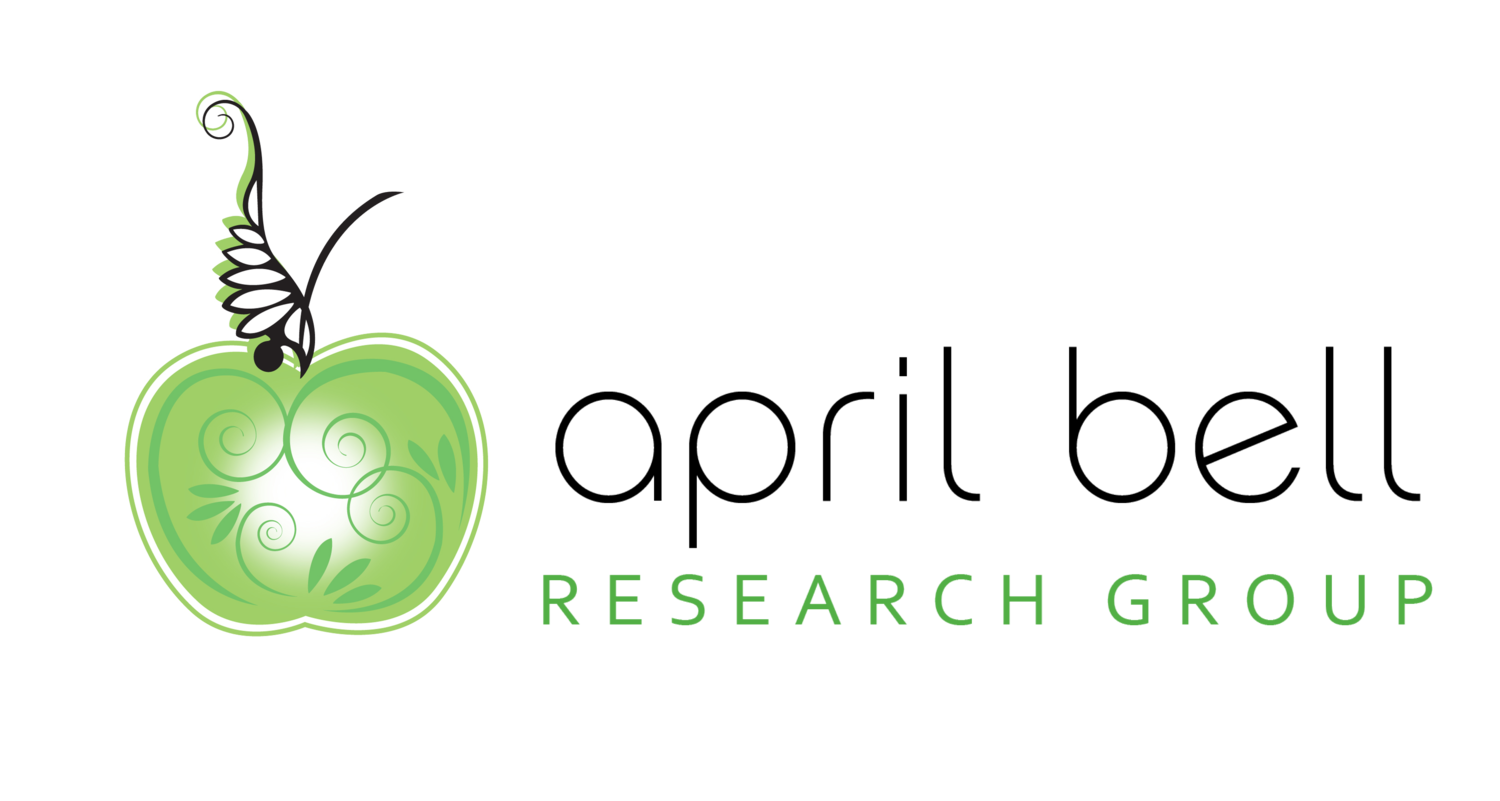Data Science is all the rage. Career interest has surged, programs are offered at more and more universities, and every company is talking about needing it. But do you? How do you know, and when would you hire one? These are questions that get glossed over in the race to be smarter.
Data Science is a powerful tool - it can unlock understanding in data, which leads to new insights no one considered. However, often the most practical insights arrive as a result of Data Mining and posing the right questions.
At the latest MSMR conference at UT Arlington, the keynote presentation “Behind the Corporate Curtain” by Simon Chadwick talked about where corporate research spending was headed in the next five years. The top two items of incremental focus, above CX and Digital, was Data Analytics and Data Mining, plus integrating multiple data streams.
First, let me break down what is meant by these three “Data” terms we’ve mentioned – Analytics, Mining, and Science:
- Data Analytics – working with the business to describe, predict and improve business performance through data. Broad subject that includes many tools and techniques.
- Data Mining – examining large data sets to generate new information or insights. A tool of analytics used to dig in, clean up, and see what nuggets there are in the data.
- Data Science – applying statistical methods to data to generate new information or insights. A tool of analytics used to apply a specific technique to generate a specific result.
Remember that finding that got Target all the press a few years back, where they could predict when a girl was pregnant before her father knew? That was heralded as a slick data science discovery, but it wasn’t, it was just good ‘ole fashioned data mining. Finding that right pebble on the beach.
Target had conducted a study to understand what major life events force a break in normal shopping routines, opportunities to capture new customers. One of the more interesting ones was getting pregnant. Around the same time, they were pulling all their shopper and sales data into one spot to allow them to track purchases by customer.
Then, someone asked the following: “what products does someone, who we eventually realize is pregnant, purchase in the early stages of pregnancy?” If Target could get them in the door early, they would likely stick with the store for all their later needs. After just identifying those customers and walking backwards through their shopping data to look for patterns, the answer was not baby gear, it was unscented lotions.
A client that I was working with told me recently, “I can bring in a statistician, but I think I’d also have to hire someone to accompany them to talk to the business user. They know the mechanics, but wouldn’t be able have a meaningful segmentation discussion.” These are wise words from a leader who is trying to bring advanced capability to an organization. A more inexperienced leader would hire a small army of statisticians and hope the “build it and they will come” strategy pays off. It typically doesn’t.
Capital One is a company that jumps to mind often as a leader in data science. They employ an army of statisticians, and consider how they analyze data to be a completive advantage. There is a famous Harvard Business School case study on them that explains this, but also more importantly, describes a business process that they followed early on, which allowed them to gain share quickly before their competition could react: testing and innovation.
They were relentless in conducting market testing for different offers and products, targeted to groups of people that they thought might respond. Yes, there was data science behind the segmentation and prediction that helped shape the hypothesis, but the sheer volume of testing, measuring and validating was what set them apart. They were throwing a hundred pieces of spaghetti on the wall and seeing which 5 would stick, then aggressively going after those ideas before their competition could react. They used data science as a methodology, but their business model described in that moment of their history was to outsprint, not outsmart.
The statistical analysis of Data Science is a powerful tool, and well deserves its place in the toolbox of any company doing advanced analytics. But advanced comes after intermediate, and when an intermediate company tries to follow a “me-too” advanced strategy, it is ignoring the value of what intermediate data mining can bring. All too often this wastes valuable time for a company, trying to be something they aren’t…yet. Data science is part of a mature progression of data capability, formed from having as a clear sense of how it can successfully integrate into a business process before the first study is conducted.





